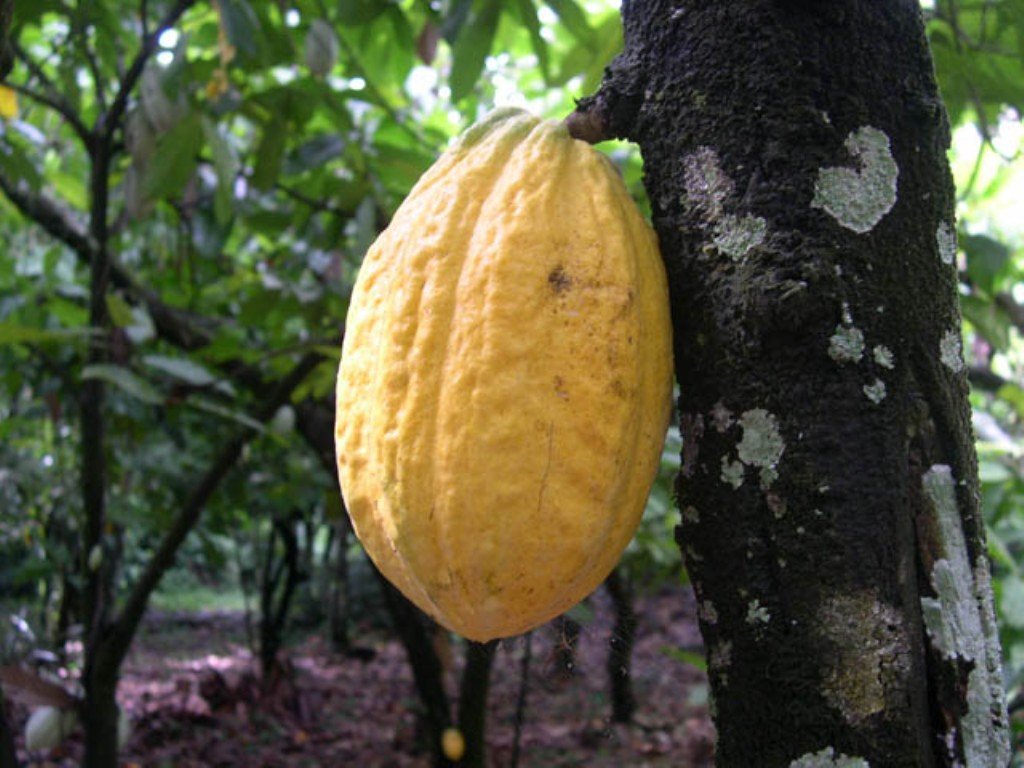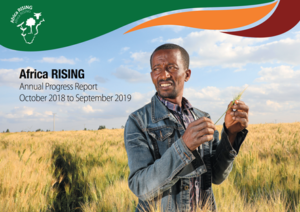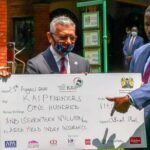Verenardo Meeme, Rootooba, 2 July 2020
Kenya has introduced cocoa farming in its industrial crop sub-sector. The venture is spearheaded by Kenya Agricultural and Livestock Research Organization (KALRO) in partnership with the private sector (Bear Machines, West Africa) for research and distribution of seeds.
To support commercialization of the crop, KALRO will supply 40,000 cocoa seedlings to the Counties of Kilifi, Kwale, Taita Taveta, Lamu, Busia, Bungoma, Vihiga, Kakamega, Kisumu, Siaya, Homabay and Migori according to Kenya’s Cabinet Secretary for Agriculture Peter Munya.
The Cabinet Secretary added that the venture will help farmers to diversify their farming enterprises.
According to The International Institute of Tropical Agriculture (IITA), Cocoa is a 4–8 metre tall perennial tree crop primarily grown in three tropical regions—Southeast Asia, Latin America, and West Africa.
Ivory Coast is the single largest producer of cocoa beans, accounting for approximately 31 per cent of the world’s supply. Other leading cocoa farming countries include Brazil, Cameroon, Ghana, Indonesia and Nigeria.
Though a tropical crop, it does not do well in much sunlight and grows in the shade of other important crops such as plantain, cassava and rubber as well as fruit trees such as oil palm, avocado, breadfruit, guava, mango, orange and coconut in addition to some timber species such as iroko and mahogany.
The fruit is an egg-shaped red-to-brown pod that contains 30 to 40 seeds, each of which is surrounded by a bitter-sweet white pulp. When the seeds are dried and fermented in the sun they are brownish-red and known as cocoa beans—the principal ingredient for chocolate.
Further, to ensure that Kenyans continue to eat healthy foods that boost immunity, are environmentally resilient and enrich the landscapes and diversity of food consumed by communities, under the Underutilized Fruit Programme funded by USAID Feed the Future Project, KALRO will distribute 227,800 assorted fruits (guava, jackfruit, pomegranate, custard apple, soursop, loquats, gooseberry, blackberry, raspberry, tree tomato, tamarind, and java plum).
These will be distributed to farmers in 14 counties. These counties include Meru, Tharaka Nithi, Machakos, Makueni, Busia, Bungoma, Kakamega, Vihiga, Homabay, Migori, Kisumu, Kisii, Uasin Gishu and Nandi.
Munya added that the communities in the identified counties have been trained to diversify, add value to products and have been linked to the industry under the “eat KALRO brand”. It encourages communities to embrace research outcomes from KALRO and serves the farming community more efficiently and effectively.







